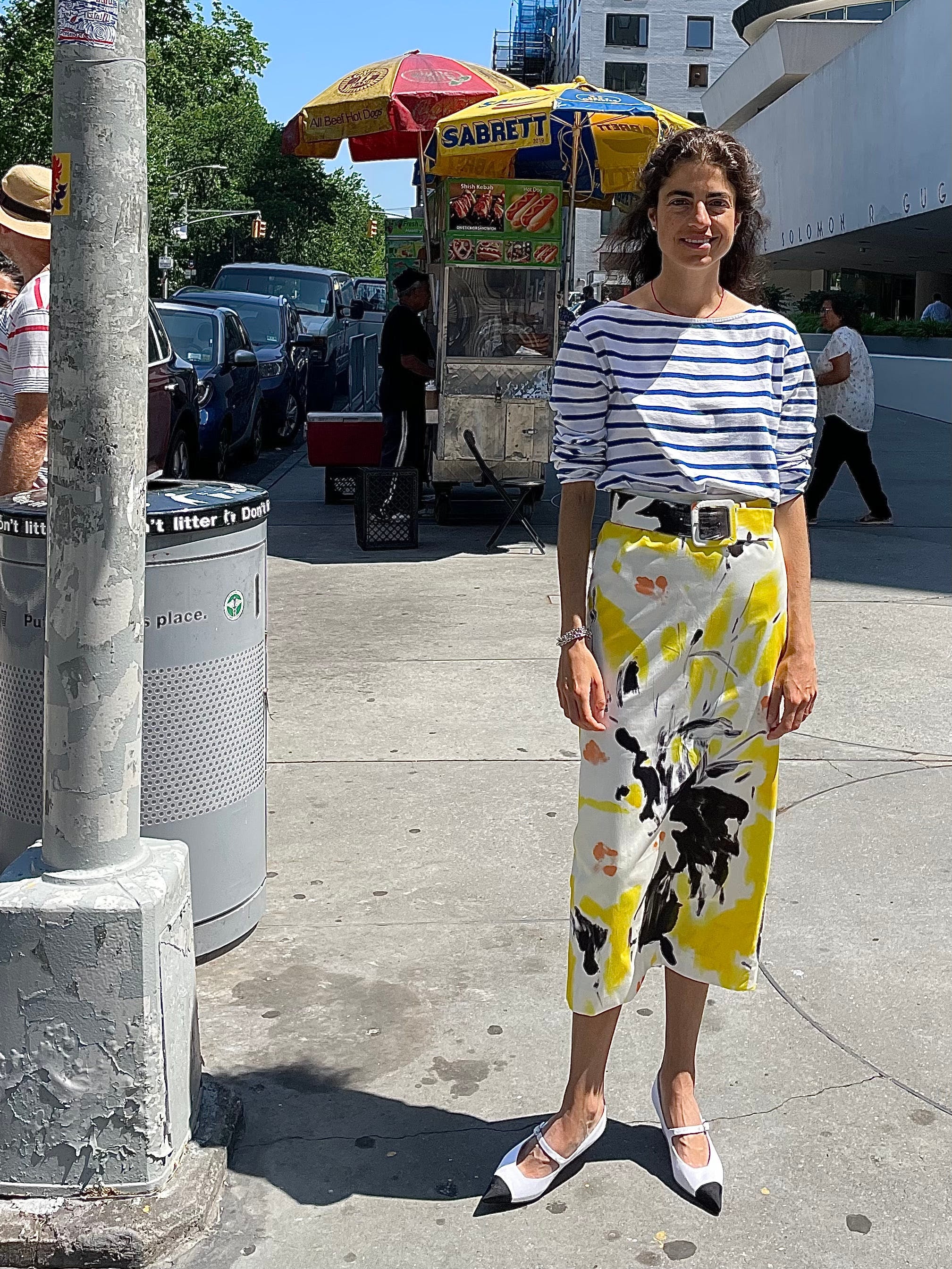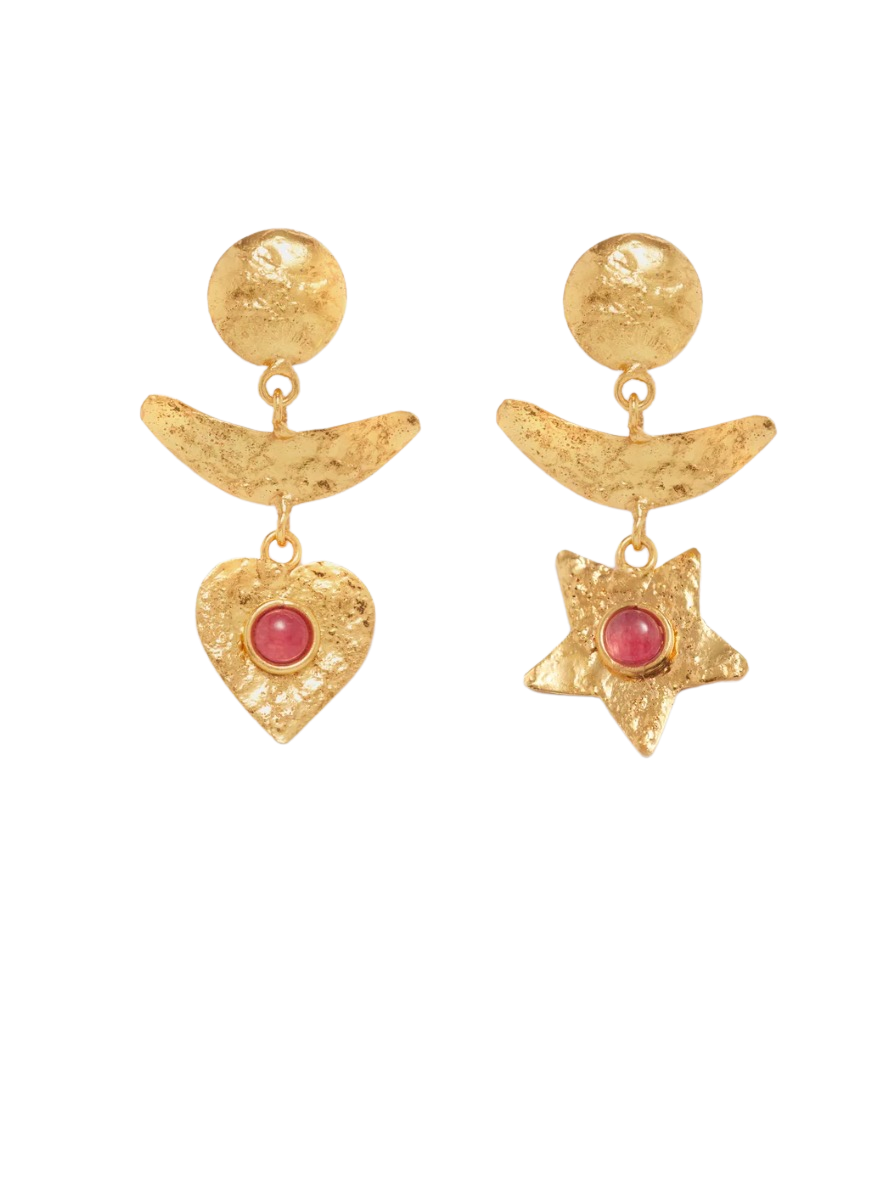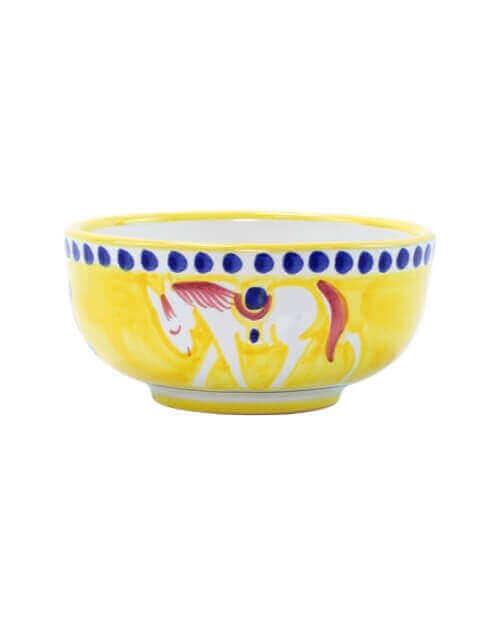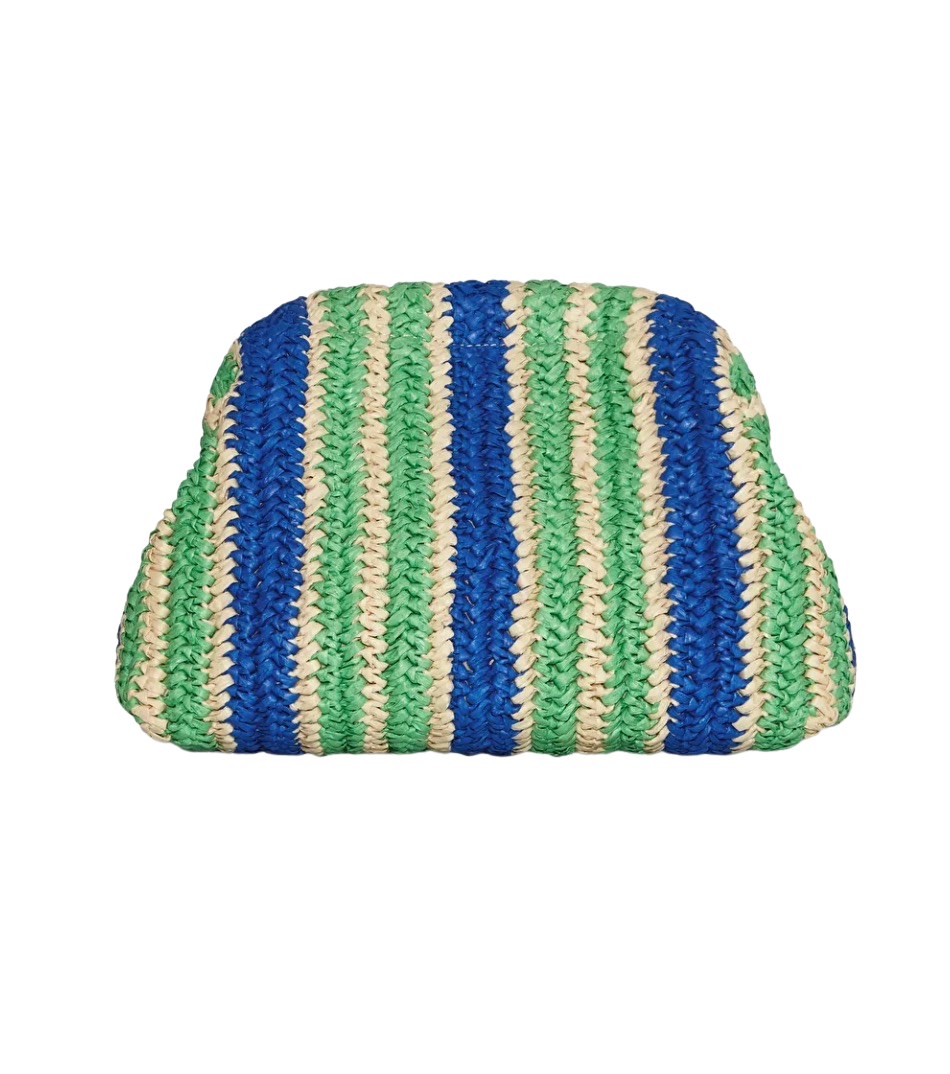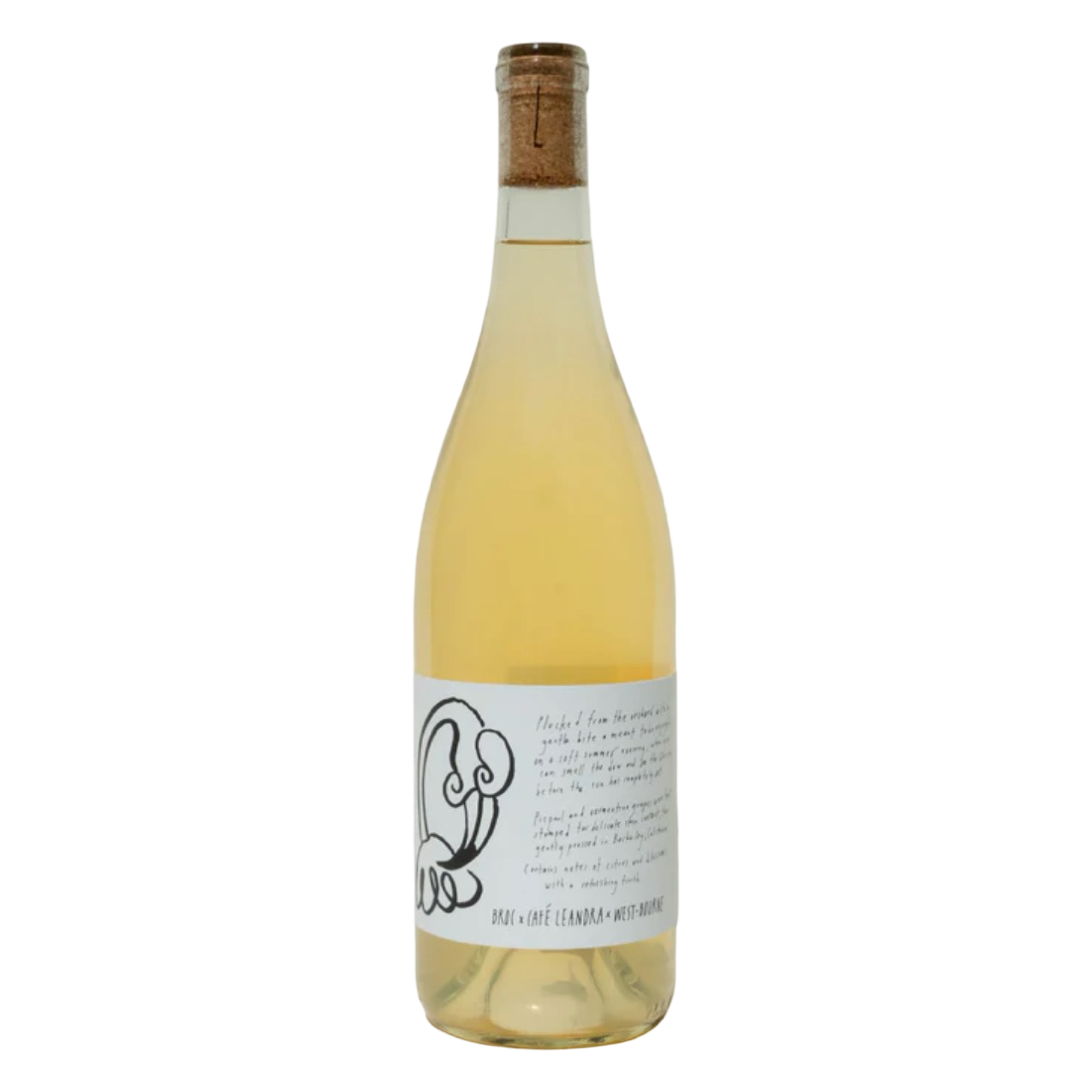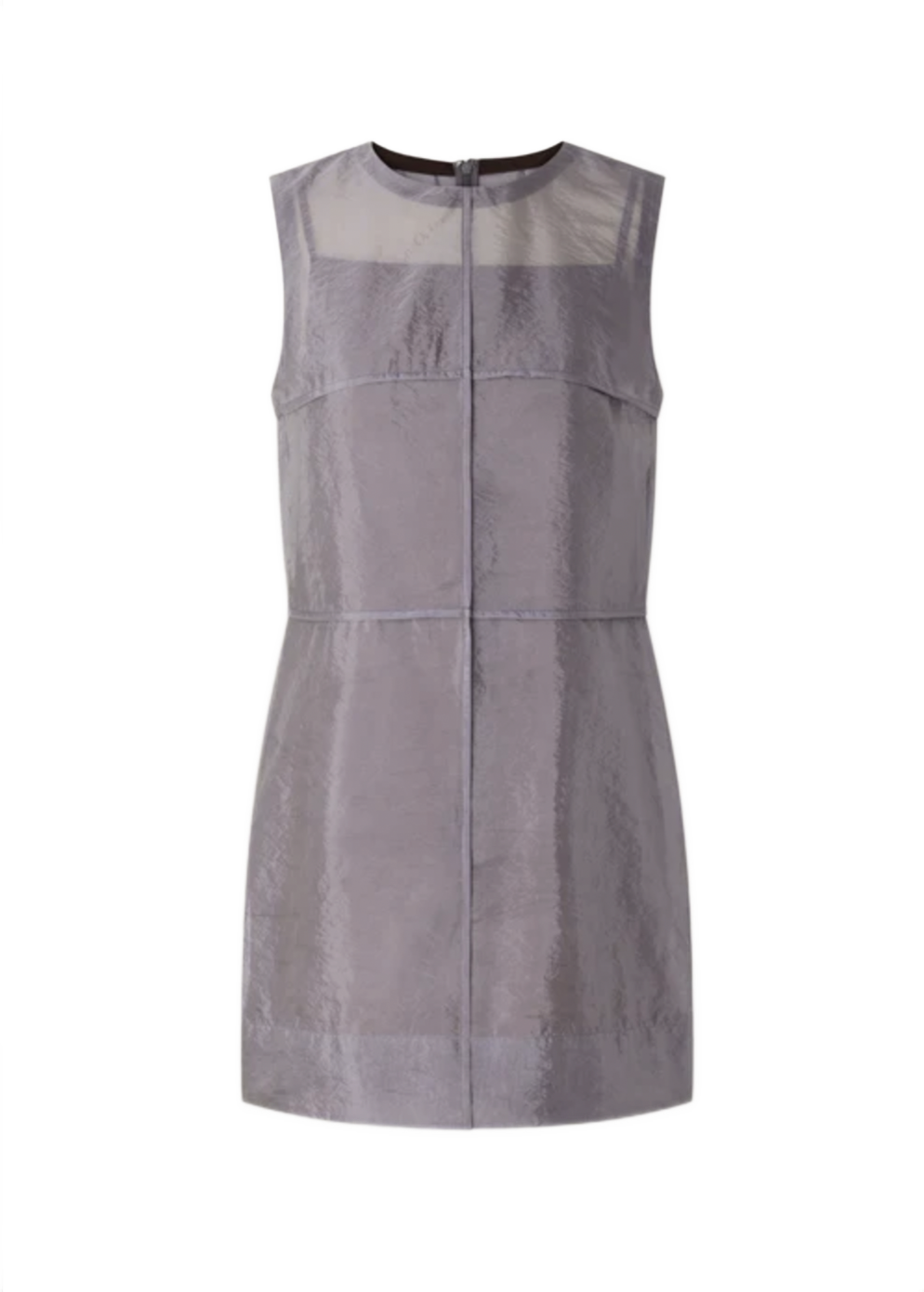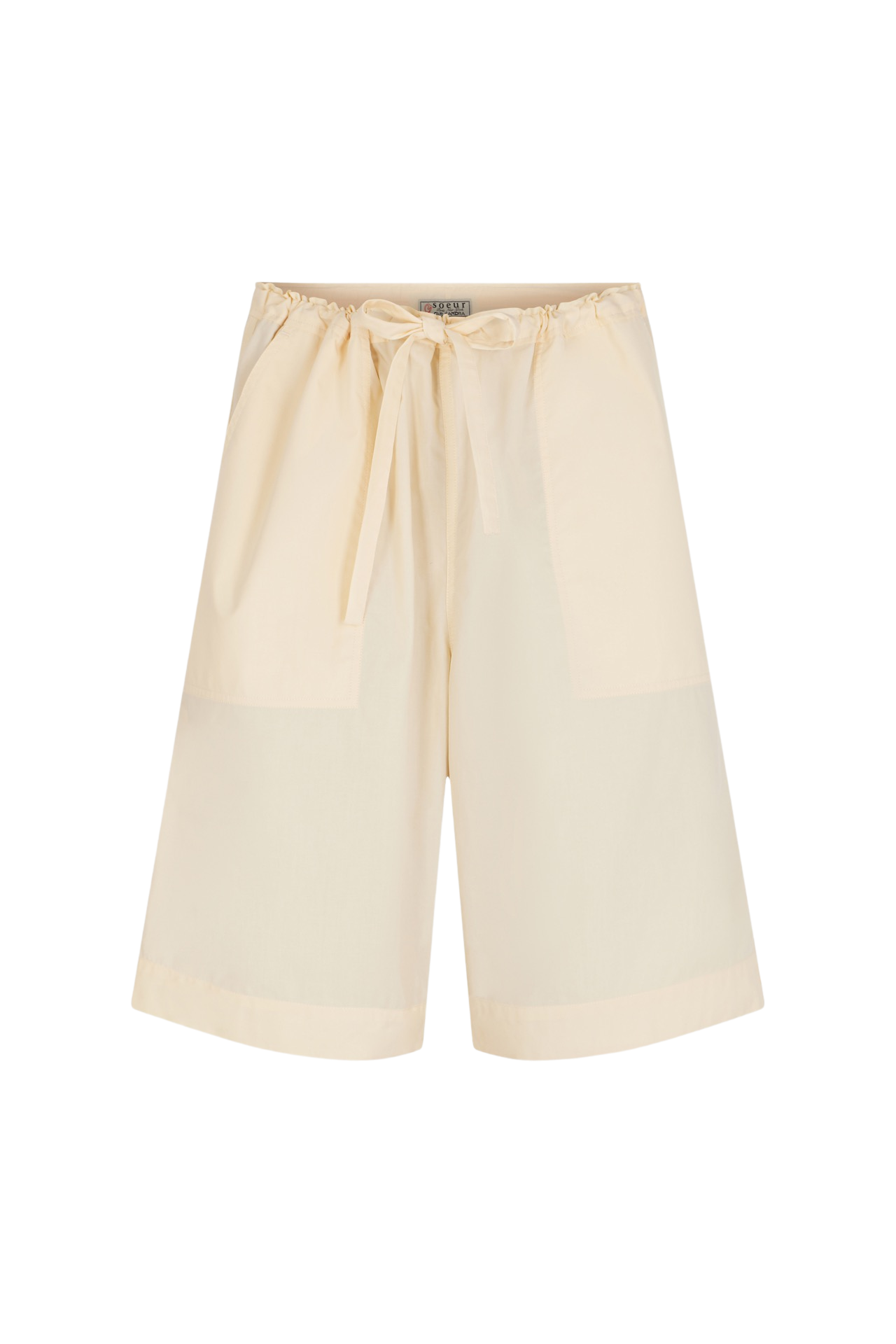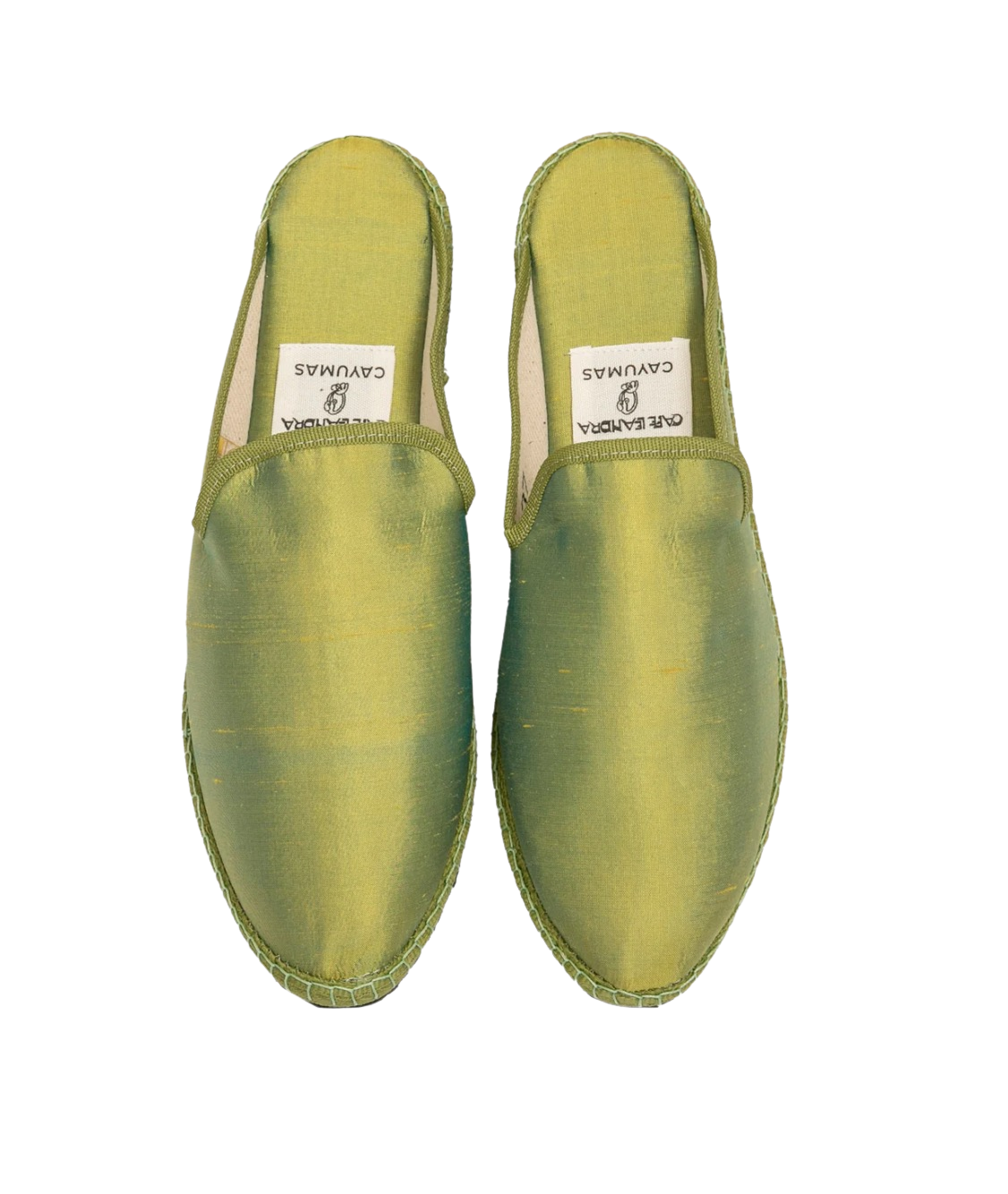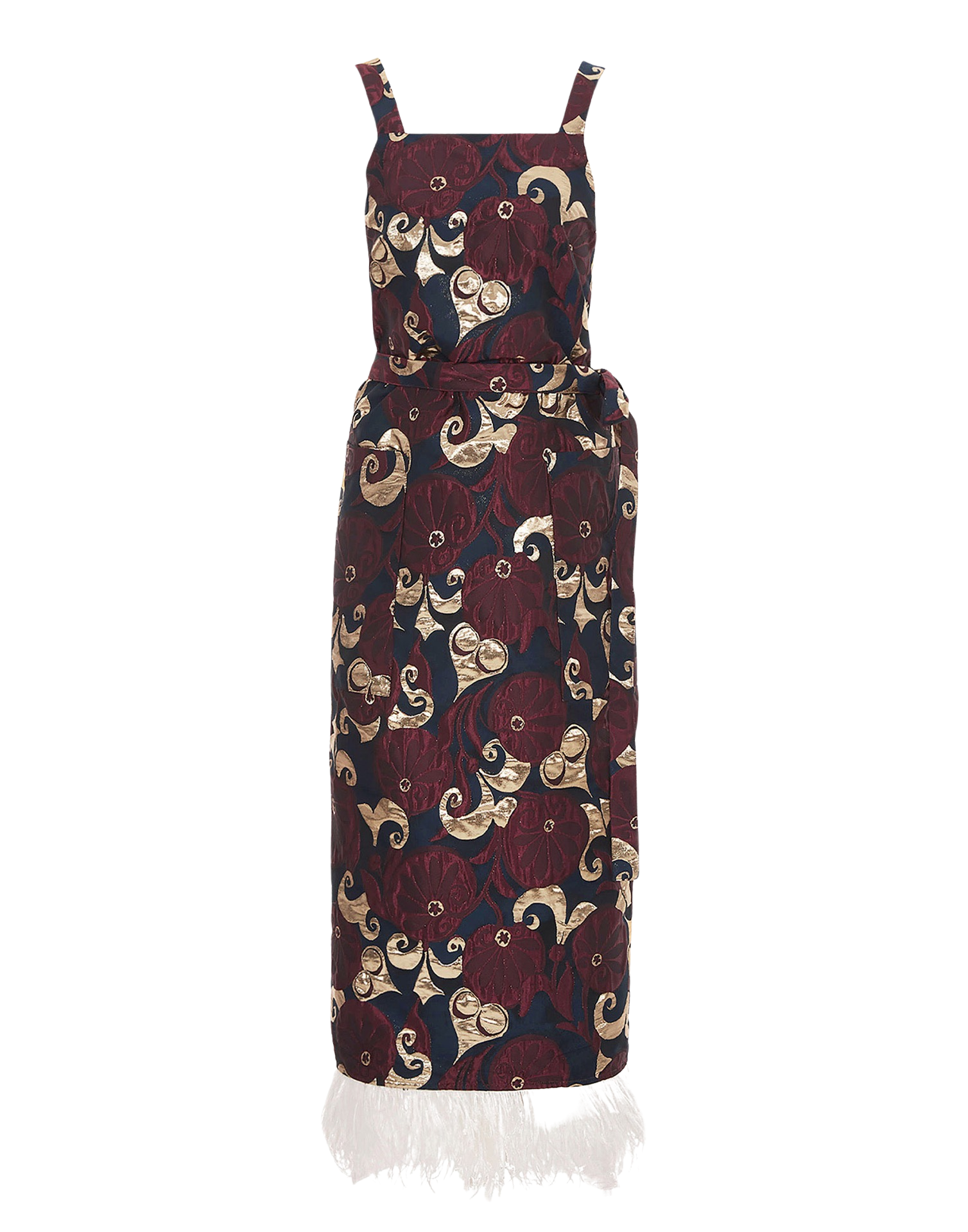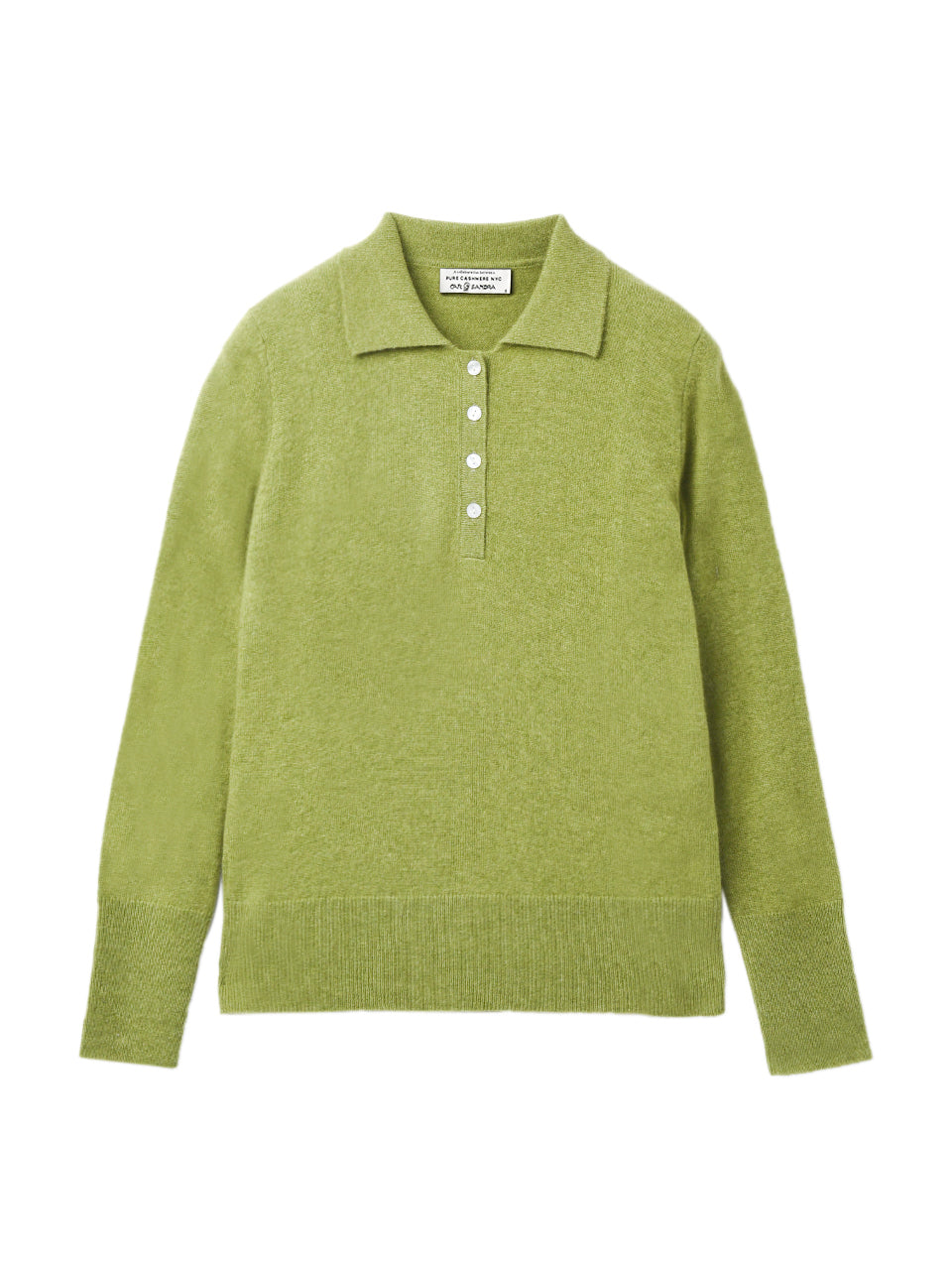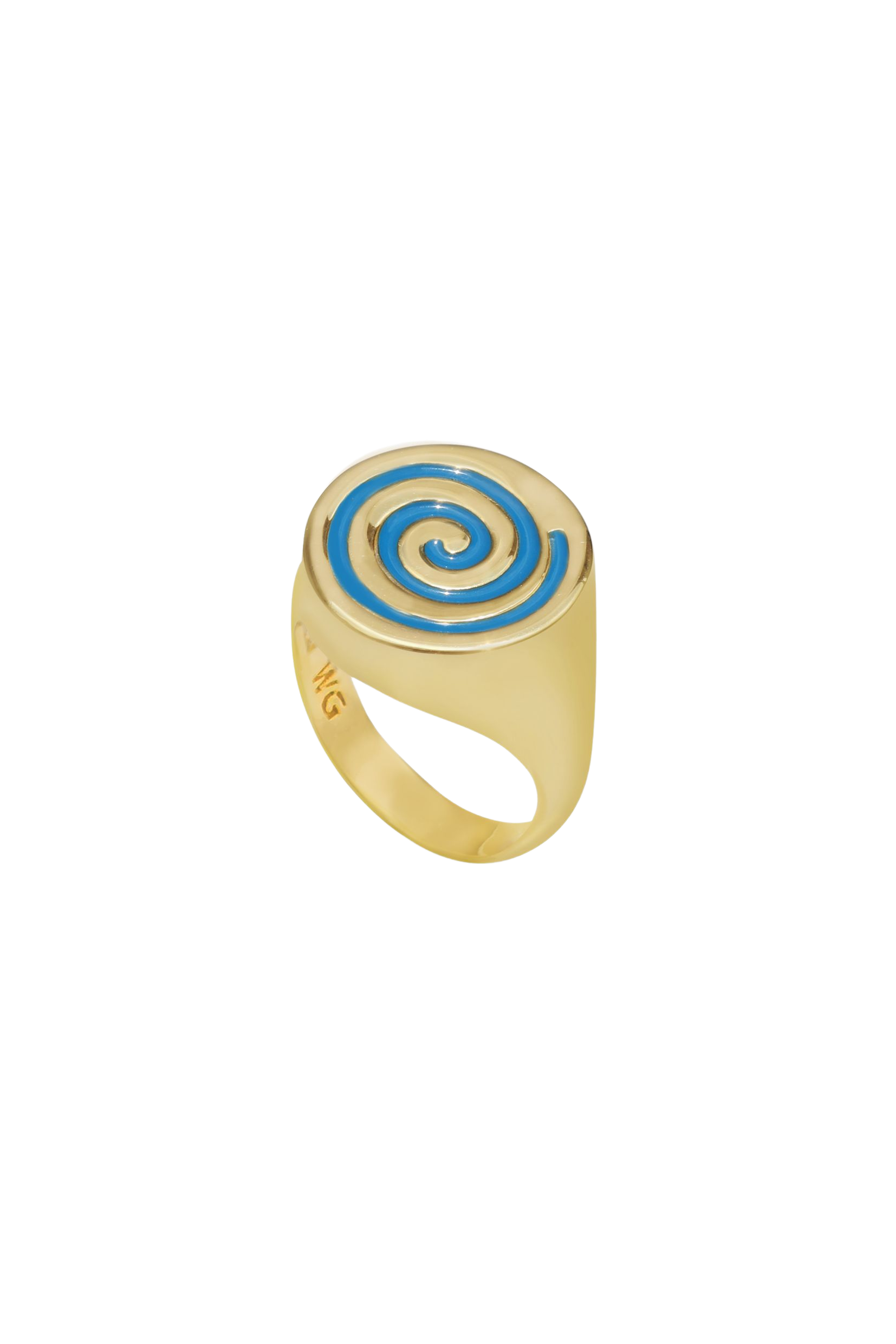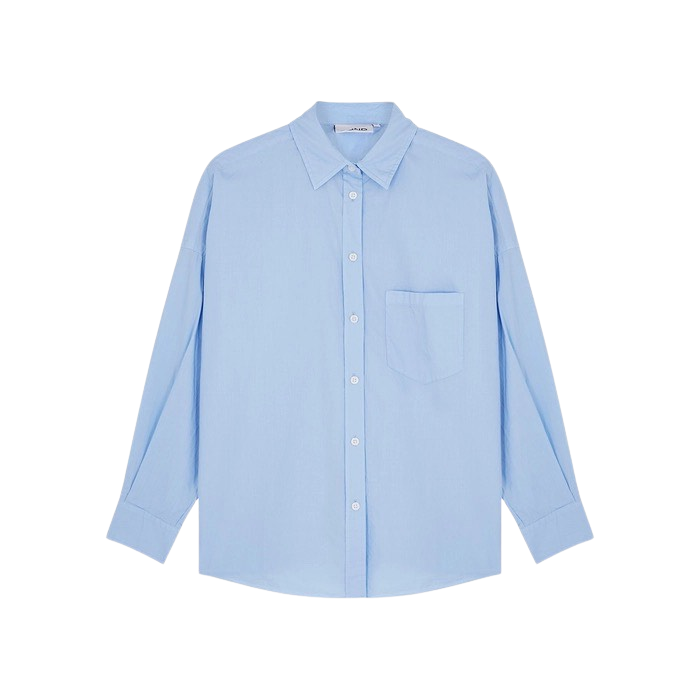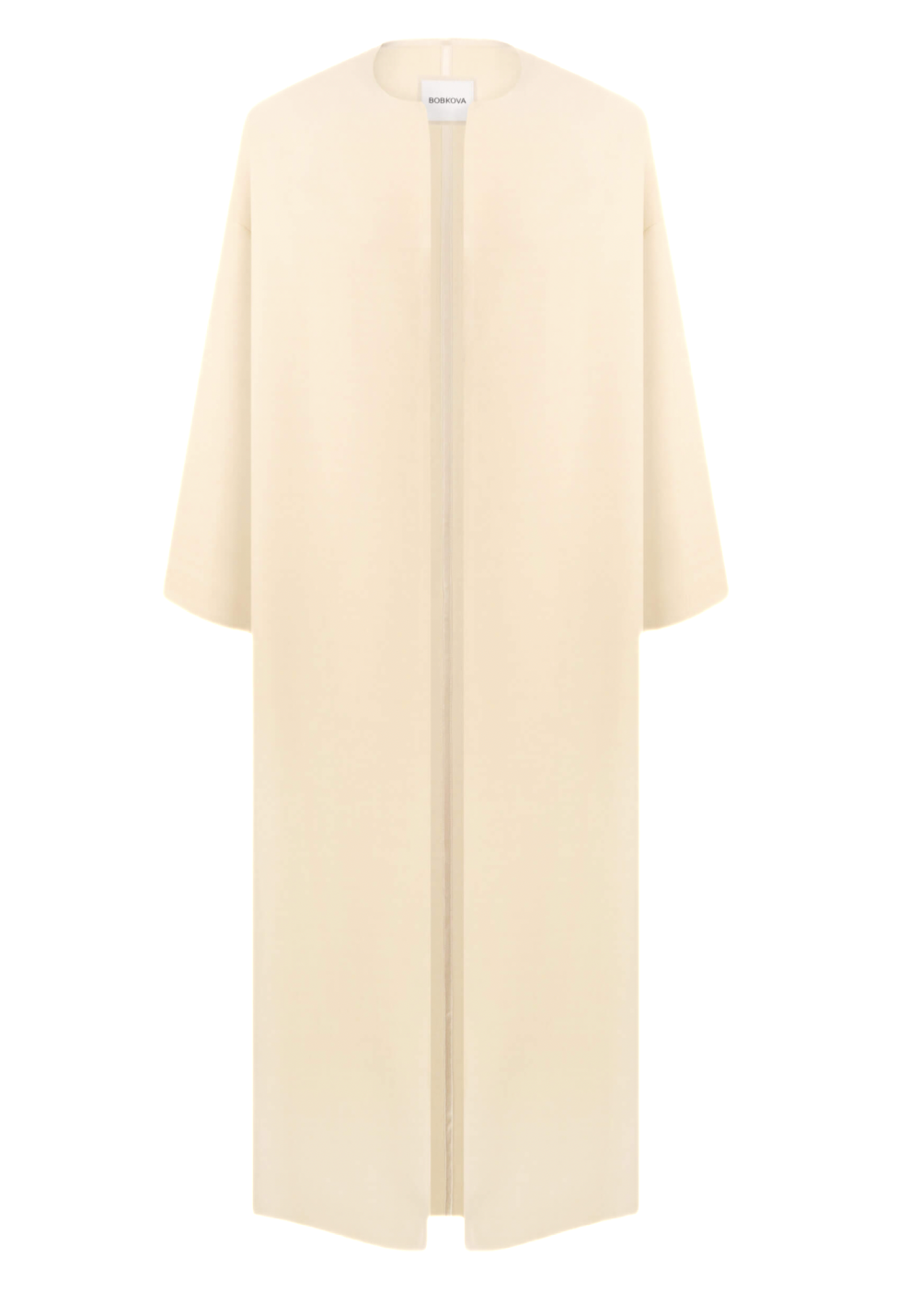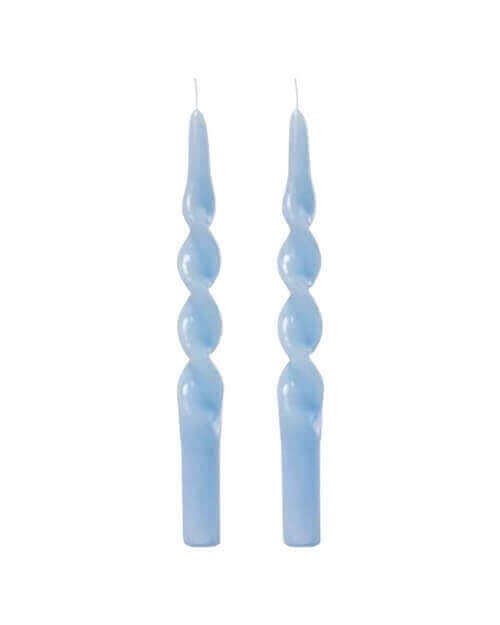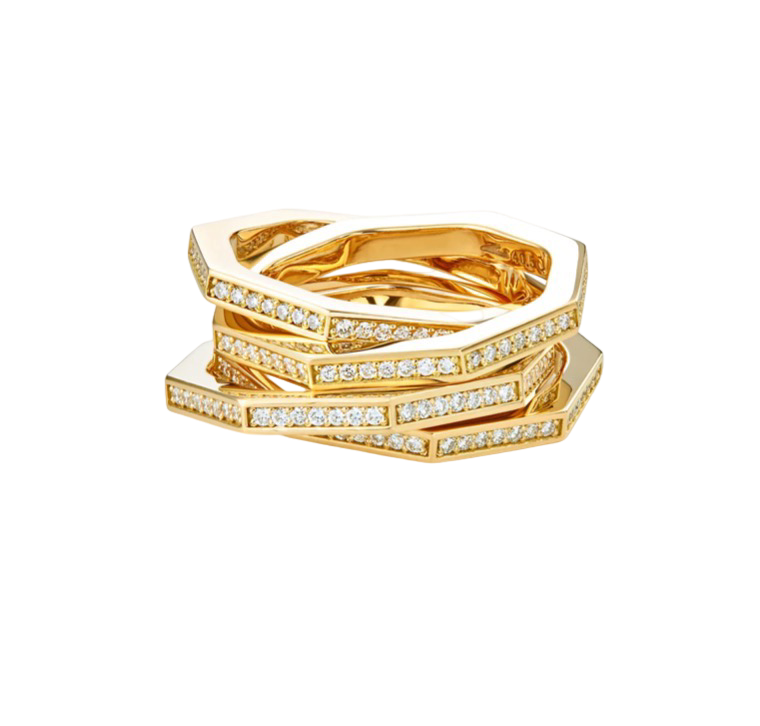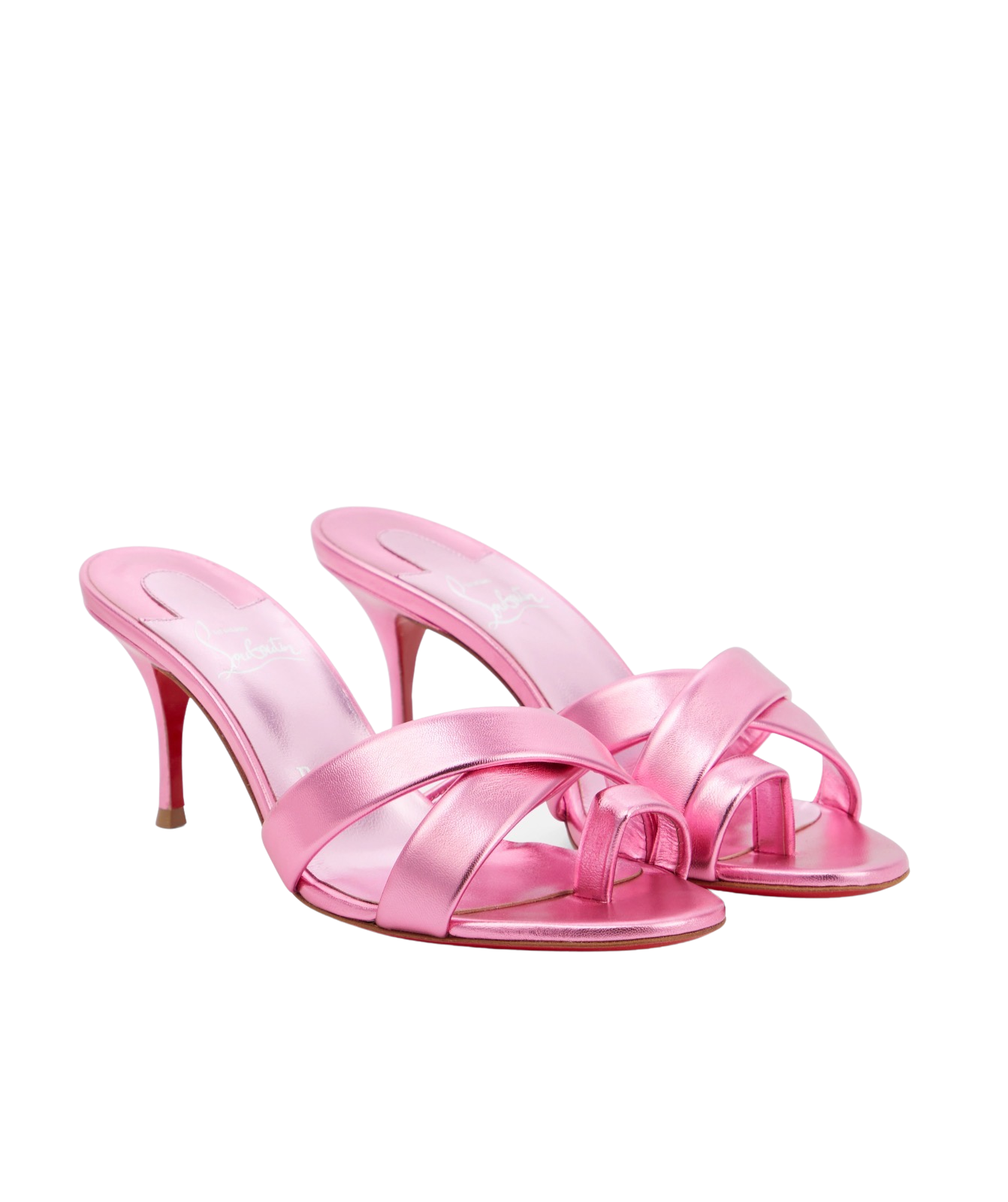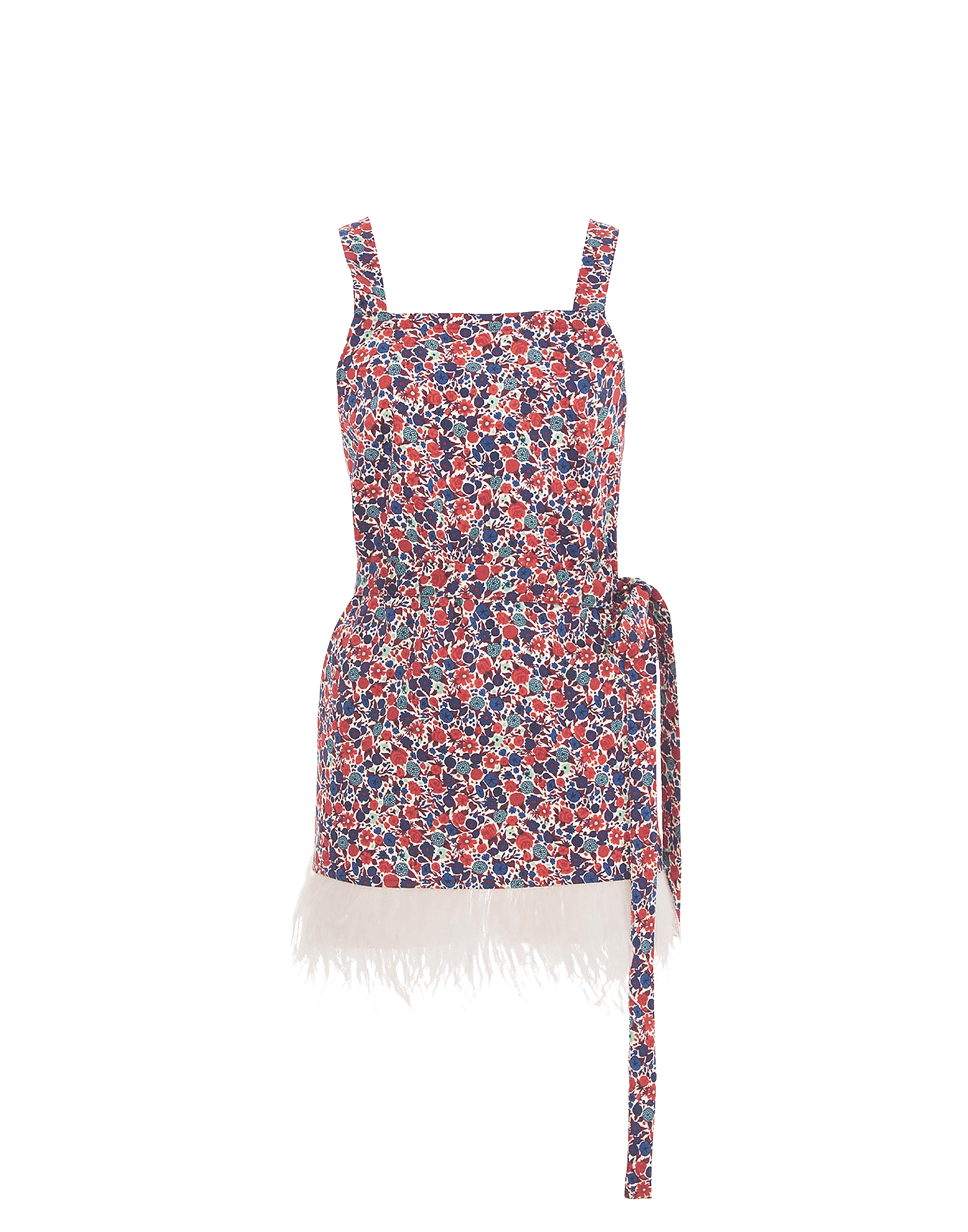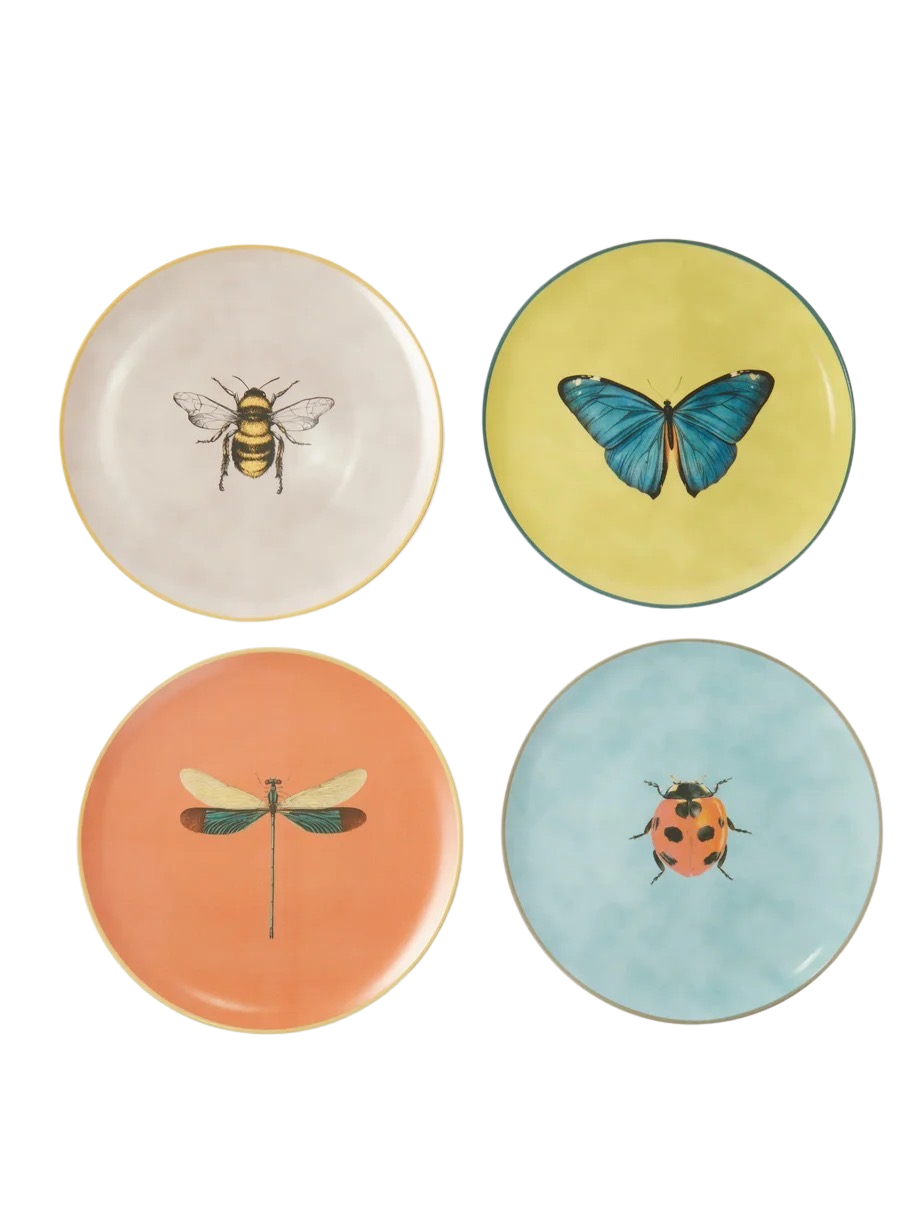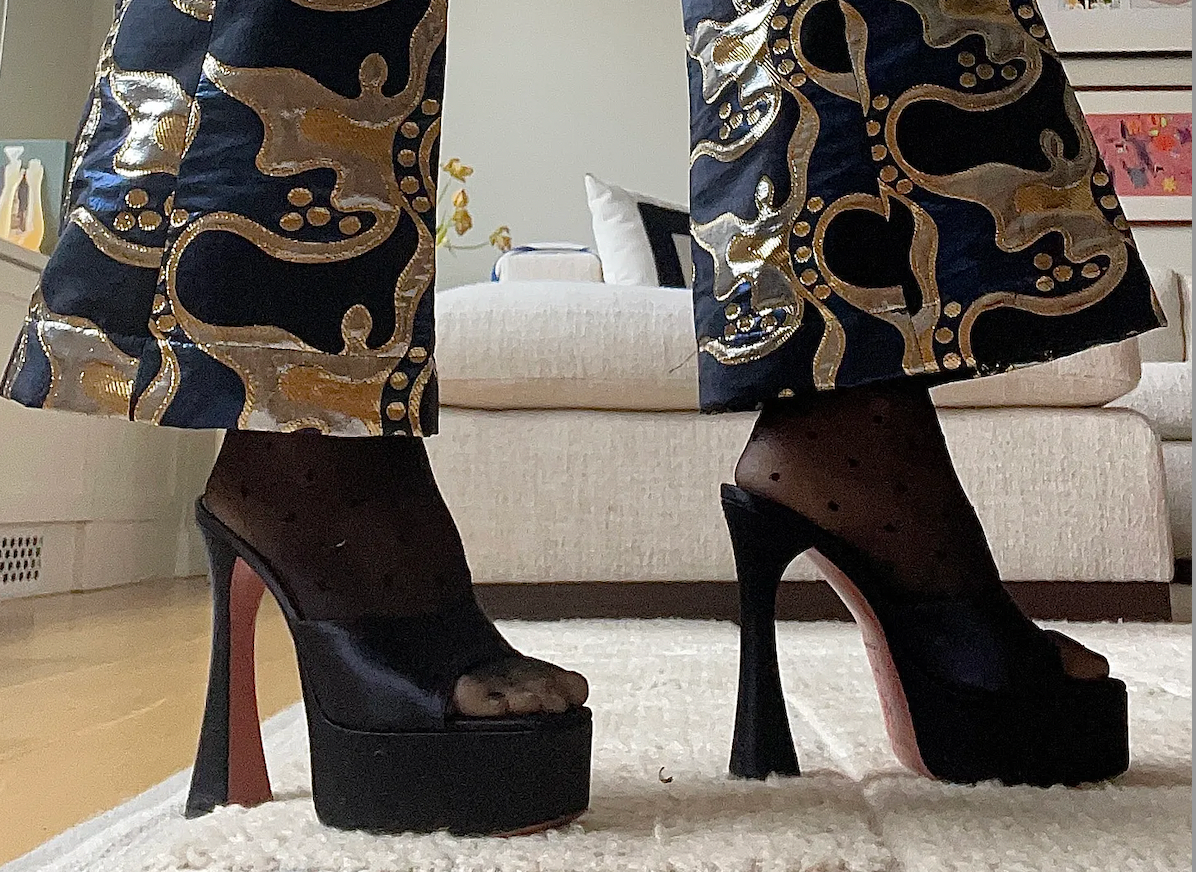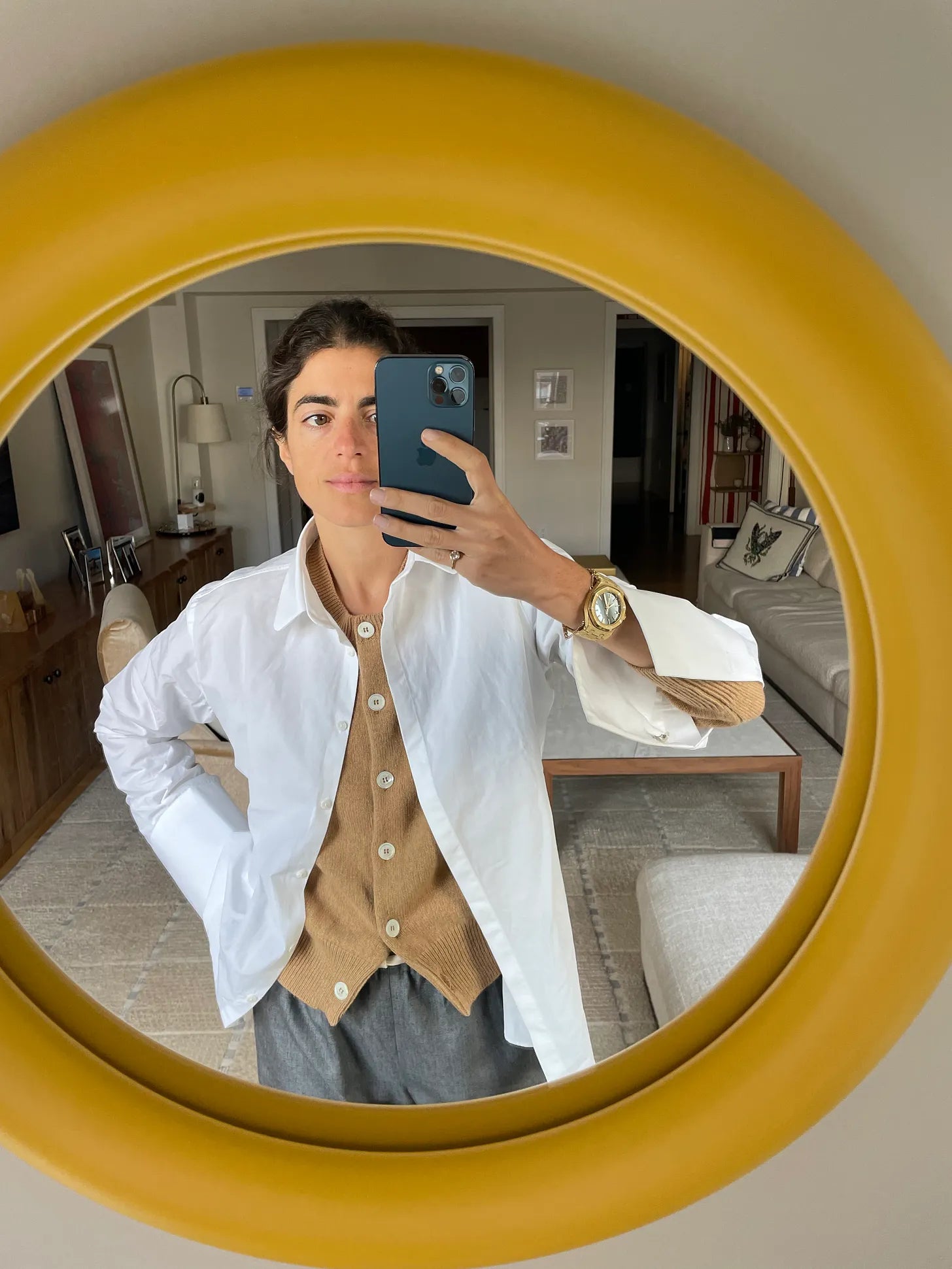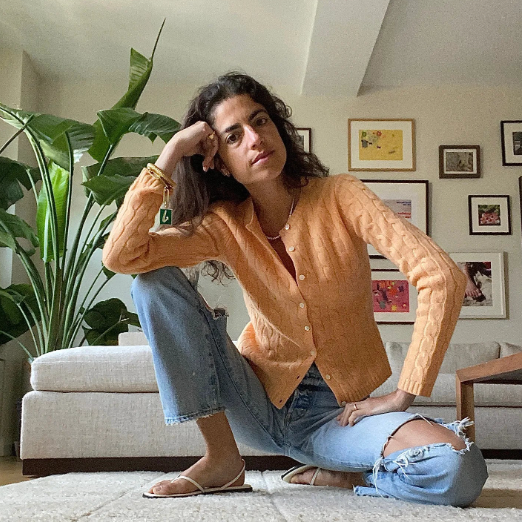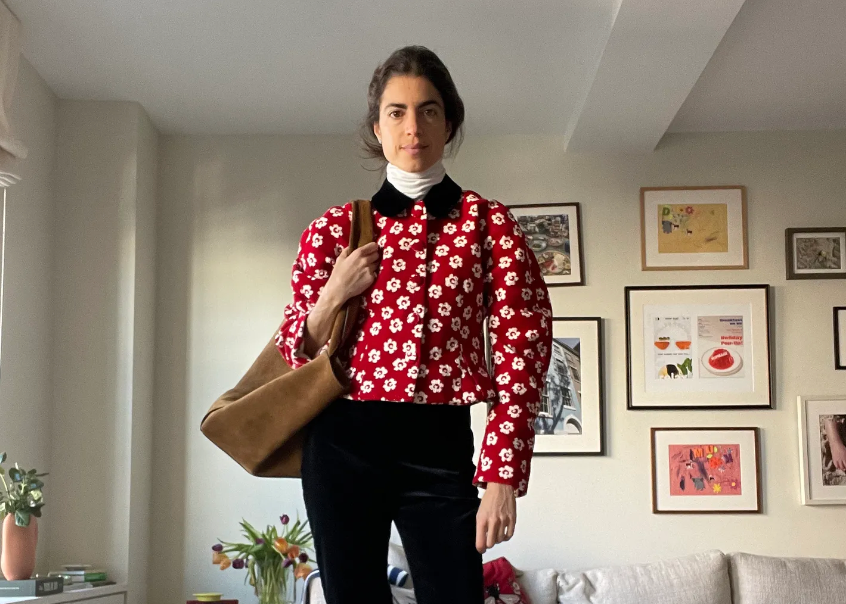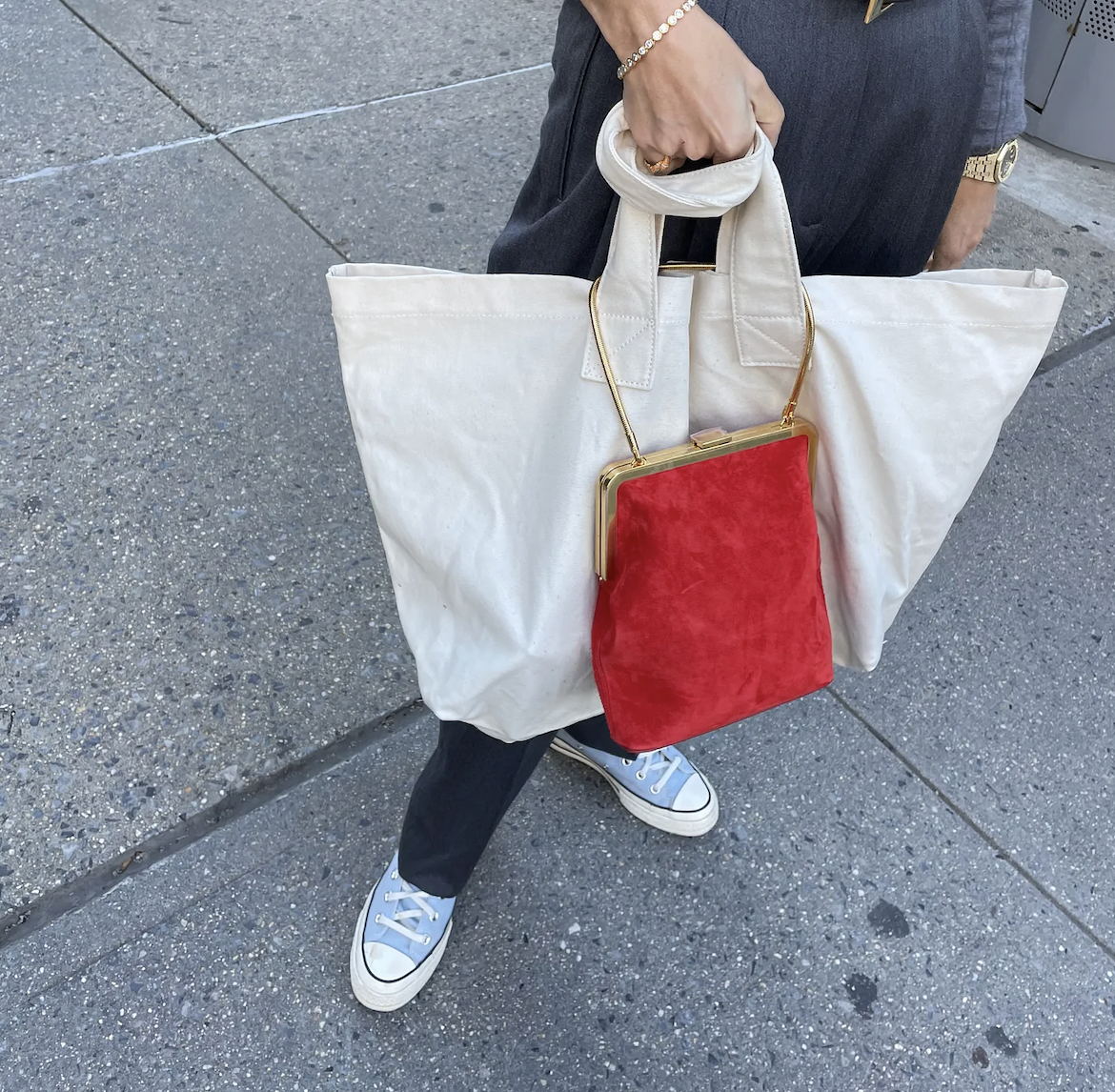Narrative Dressing: a theory on a new trend in style
I was in the backseat of a car that my dad was driving through a coastal Turkish town and we were on our way to the beach, stopped in traffic among storefronts.
Outside of an ice cream shop, a little girl, no older than 12 or younger than 9, was standing. She was wearing sandals with a flat sole that looked like it was made from foam. And over the top, two straps that fastened her foot to the shoe were covered in what looked like bright red flower petals.
A younger version of me would have died to find the shoes — would have, in fact, given up doing anything else on this trip to find them. This version of me just marveled.
When we got to the beach, it was very nice -- the water extended out to a buoy and you could walk the whole way on soft sand that covered the bottom of the sea.
On the chairs looking out to the buoys, people were sitting and I could ID her hat and his shoes and their sarongs and I definitely know who makes that dress even though I hadn’t seen that precise style before and all of this was perfectly fine but I thought about the flower petal shoes and took a sort of solace in not knowing. In the fact that I couldn’t ID them.
Lately, I have been thinking that not knowing is a new kind of luxury.
Among the fashion conveniences that have emerged in the 2010’s is the simplicity with which we now know. It seems that anything you’re trying to find in a world globalized by social media -- any garment you want to I.D., any shop you want to know more about -- is found in a series of taps. Often, as few as just one. This has, in many ways, eliminated what used to be a core feature of shopping’s high: the thrill of the search.
It represented a pursuit that often ended in story, a story to tell encased in the found item. But the thing about uncovered convenience, solutions-oriented evolution, “progress” — whatever you want to call it, is that you can’t unsee it.
So to think the voluntary shoppers (that is, the ones who don’t abandon the high altogether) among us could go back to participating in the actual “thrill of the search” is idealistic at best.
But it could in small part explain the uptick in artisan markets that have cropped up online. The search might not be thrilling, but something else is.
Maybe it is the retreat from mass production in a world where we are more aware of fashion’s impact on the environment or the feel-good effect of contributing sustenance to the lifeblood of local small businesses and craftspeople all over the world. Maybe it’s just the mechanism of one off-ed-ness: seeing something that acutely reflects the prospective buyer’s uniqueness — a story to tell, their story to tell, encased in the item.
I don’t know for sure but whatever it is, a new genre of style that captures this acuity has emerged.
Brands like Gimaguas and Siedres state respective pursuits of honoring and celebrating local artisanship. These brands and projects like those by Blanca Miro (Vasquiat and La Veste) or House of Sunny or Lisa Folawiyo’s eponymous label also espouse a spirit of joyful dressing that is driven by what I call narrative dressing — clothes that tell stories.
I think of these brands and the style they represent and a number of women come to mind: La Veste’s Blanca Miro, writer Megan O’Neill, creative director Juliana Salazar, Tamu McPherson or German style director, Claire Beermann. I don’t think of their style because they necessarily reflect the brands in question (though some of them do) but because to me, their style is less reflective of telling textbook-cohesive, singular stories and more about finding a precious cohesion in the millions of stories they wear.
And this — the cohesion — is what’s becoming most interesting to me.
When I think about cohesion and particularly visual cohesion, I think of various elements that connect to each other to make a whole in some perceivable way. In physics, these “elements” are actually of the same substance.
In this emergent form of cohesion, the story is more like infinite fractures. The substance is varied and the unifying factor is less apparent, but still explicitly there. In other words, we no longer using our style to reflect the sort of aesthetic continuity that is accomplished through the singular vision of reflecting one story.
Instead, we lean upon the parts and sort of revel in their disconnected interconnectedness.
It’s the spirit of the flower petal sandals from an outdoor shop in a coastal Turkish town matched with blue cotton sweatpants from a store where you live and beaded bracelets you found on a small Instagram shop that empowers female artisans somewhere far away from you and an ombre button-down shirt you’ve had forever and it tells a million little stories that are also, actually, one hell of a story that have come together because of you and your interests and your taste.
This is narrative dressing.



